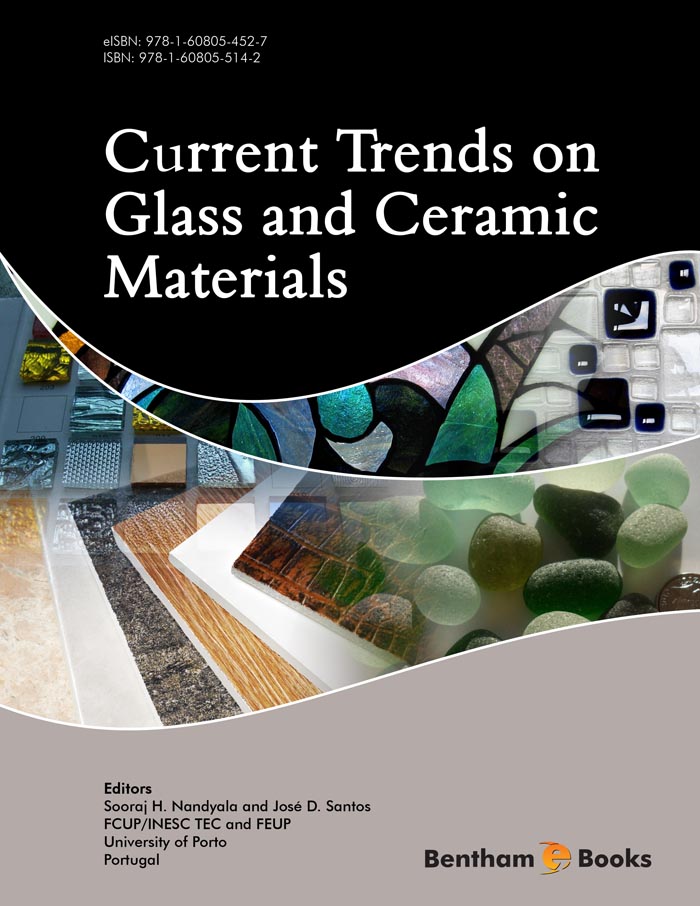Foreword By C.N.R. Rao
The accidental invention of glass-ceramic materials in the mid 1950s is due to the well-known glass chemist, S. D. Stookey. However, it was Larry Hench’s Bioglass® that was the first synthetic material specifically developed to form a chemical bond with bones, for regeneration applications in the late 1960s. Since then many researchers have developed a variety of novel materials for biomedical applications. The performance of biomaterials depends upon chemical and biochemical interactions between the biomaterials and their hosts. Several synthetic materials have proven to be of clinical use, enhancing the process of periodontal regeneration. Among them, Bonelike®, a glass reinforced hydroxyapatite has been implanted in intra-bony periodontal defects and has demonstrated increased bone regeneration, as assessed by clinical and radiological parameters.
There has also been rapid development in rare-earth containing materials for optical applications. More recently, hydroxyapatite substituted with rare-earth ions has become the focus of interest for bone related applications.
This eBook entitled “Current Trends on Glass Ceramics Materials” should be useful to materials scientists, engineers, as well as surgeons, and to provide an insight into the current developments in the field. It should also be useful to research scientists pursuing research on new generation biomaterials. I recommend the eBook for wide use by all those concerned with ceramic biomaterials.
Gintaras Juodžbalys
Human skeletal bone loss is a major health concern in the twenty first century, with massive socioeconomic implications. Bone loss can appear because of traumatic injury, bone cancer or birth defects. Furthermore there is a significant proportion of patients with bony defects or non-unions that are not amenable to healing only by direct fixation. Unfortunately, autograft, which is a current gold standard in bone grafts, has some serious shortcomings. These are related to the need for extra surgical procedures, with their associated blood loss, postoperative pain and possible complications, such as injury to nearby nerves or major blood vessels. Also, the amount of bone tissue that can be harvested is limited.
Nowadays alloplasts, synthetically derived bone graft biomaterials are replacing autograft in craniofacial and orthopedic surgery. They are becoming widely used because of their promising results as bone regenerative materials. Every day, people in different countries receive bone biomaterials for replacement of diseased tissue and in the therapy for non-union defects. Consequently, there is an increasing demand for orthopedic implants that integrate into recipient’s body tissue and as fillers to treat critical size defects.
Interdisciplinary studies performed by materials scientists, engineers as well as by surgeons, showed that glass and ceramic materials are promising biomaterials that can be successfully used for bone regeneration. Furthermore, the development of bio-glass, glass reinforced hydroxyapatite and other new biocompatible materials are promising to enhance cell adhesion and proliferation, which is extremely important in bone tissue engineering.
This eBook is intended to demonstrate how materials in the field of glass and ceramics can be employed for different applications.

